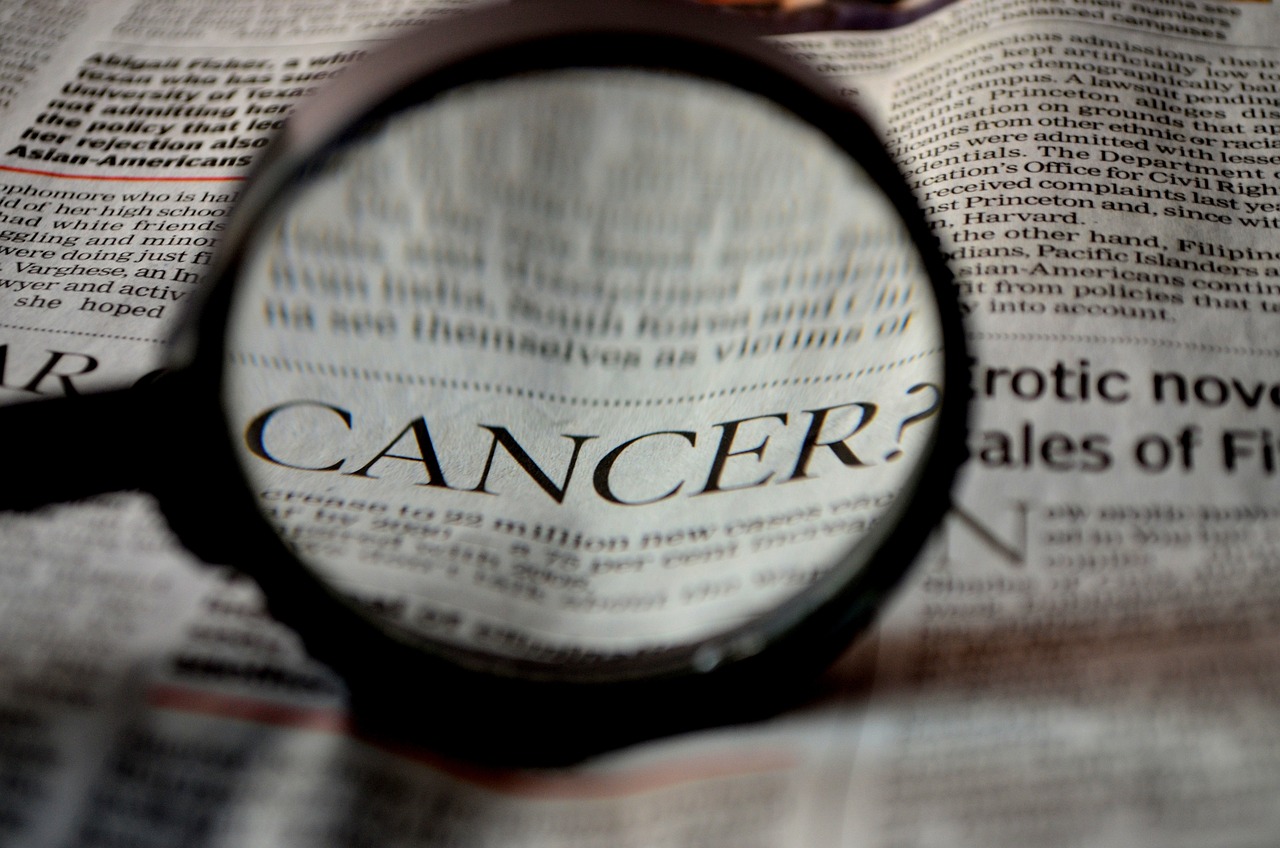We all know that esophageal cancer is a very common digestive tract tumor, and about 300,000 people die of esophageal cancer every year in the world. Although the symptoms of esophageal cancer are not very obvious in the early stage, in fact, as long as we observe carefully, we can still find some clues.
6 Early Symptoms of Esophageal Cancer:
Generally speaking, the early symptoms of esophageal cancer are mainly manifested in the following points:
1 Dryness of throat
1/3 of the patients complain of dry and tight throat, unfavorable or slight pain in swallowing food, which is especially obvious when eating dry or rough food.
2 Foreign body sensation in the esophagus
The patient feels that there are similar rice grains or vegetable slices in the esophagus attached to the wall of the esophagus, which can not be swallowed and spit out, and it has nothing to do with eating, even if the swallowing action is not done, there is also a feeling of foreign body, the site of the foreign body sensation is consistent with the site of esophageal lesions.
3 Sense of slow passage and retention of food.
Drinking water also has the same sensation. In addition, some patients have symptoms such as back heaviness and belching.
4 Back of the sternum has a feeling of stuffiness and discomfort
Experts say that they can only vaguely feel discomfort in the chest, and they can neither point out the part of discomfort nor narrate the specifics of discomfort.
5 Post sternal pain
This kind of performance is more common in early esophageal cancer patients. When swallowing food, there is slight pain behind the sternum, and the part of pain can be felt. The nature of pain can be burning pain, pinprick pain, pulling and rubbing pain.
The severity of the pain is related to the nature of the food, the pain is heavier when swallowing rough, hot or irritating food, and lighter when swallowing liquid, warm food. The pain when swallowing food is reduced or even disappears after eating. Most of these symptoms can be treated with medication and get temporary relief, but the condition will recur after a few days or months and recur for a longer period of time.
6 Pain under the raphe
Self-perceived burning pain under the rapier, varying in severity, mostly in the swallowing of food, after eating to reduce or disappear. There are also persistent hidden pain, which has little relationship with eating.
Examination methods of esophageal cancer:
Early esophageal cancer symptoms are not very obvious and easily neglected, which finally lead to the deterioration of the condition day by day and the cure rate into a downward curve. Therefore, timely diagnosis of esophageal cancer is carried out by adopting effective examination means, so that the treatment of esophageal cancer can be.
1 X-ray barium meal examination
It is one of the important means to diagnose esophageal and cardia tumors, which can provide reliable information for the study of early esophageal cancer. Combined with cytology and esophageal endoscopy, it can improve the accuracy of esophageal cancer diagnosis. X-ray barium meal examination for esophageal cancer not only needs to determine the location, length and degree of obstruction of the lesion, but also needs to determine whether the esophageal lesion has invaded and the extent of invasion.
2 Esophageal exfoliative cytology examination
It is one of the commonly used methods to diagnose esophageal cancer. Exfoliative cytology is relatively simple, less painful to patients and with low misdiagnosis rate, but patients with high blood pressure, esophageal varices, serious heart disease and lung disease are the contraindications to this examination method.
3 Fiberoptic endoscopy of esophagus for diagnosis of esophageal cancer
Fiberoptic esophagoscopy has been widely used in the diagnosis of esophageal cancer. Esophagoscopy can directly observe the size, shape and location of the tumor, which can provide the basis of treatment for clinicians, and at the same time, it can also be used for biopsy or microscopic brushing in the lesion area, which improves the safety of esophageal cancer examination to a certain extent, so as to provide better treatment for esophageal cancer. Esophagoscopy combined with exfoliative cytology is an ideal diagnostic method for esophageal cancer.
Once esophageal cancer is suspected, it is best to go to hospital for examination and consultation in time.

